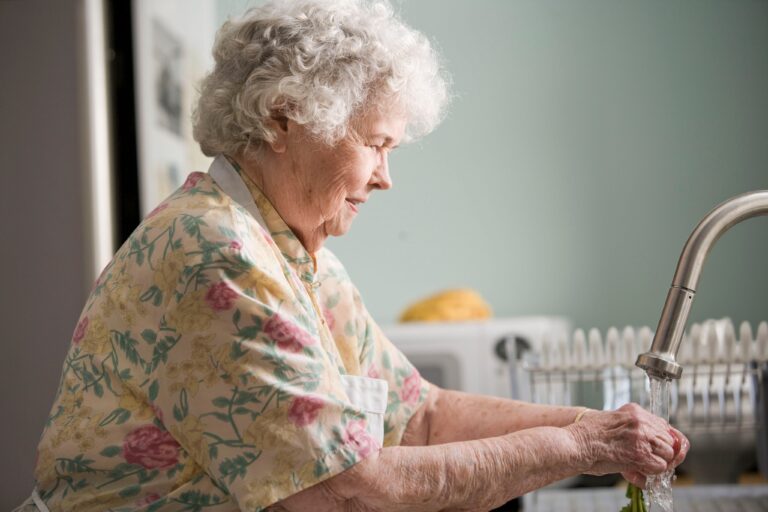
Housing options and the associated costs are becoming increasingly paramount concerns for many seniors as they navigate the complexities of aging. In today's ever-fluctuating housing market, combined with the uncertainty of financial stability in retirement, older adults are often faced with the daunting task of deciding how and where they will live out their golden years. One option that merits consideration is the prospect of moving to an independent living facility, a choice that can help individuals achieve their financial goals while preserving their cherished way of life.
But what exactly is an independent living facility? It is a specialized housing arrangement designed to cater to the needs and desires of older adults, typically those aged 55 and above. These facilities offer a unique sense of community, allowing residents to live amongst peers who share common interests and lifestyles, fostering an environment of camaraderie, recreation, and continued activity. These residences are often referred to by various names, including 55-and-over communities, active adult communities, or retirement communities.
Independent living facilities distinguish themselves from other long-term care options. Unlike nursing homes, where residents typically do not enjoy private accommodations and rely heavily on medical caregivers, independent living facilities empower older adults to maintain their independence while benefiting from the presence of trained staff.
So, who is the ideal candidate for independent living? These facilities are best suited for seniors who do not require constant medical attention. If you or your spouse necessitate round-the-clock medical care, it may be advisable to explore alternative living arrangements. However, it's essential to note that independent living facilities typically have 24-hour staff available to respond promptly in case of an emergency, ensuring residents' safety and peace of mind.
While independent living is particularly well-suited to active seniors, it also proves invaluable for older adults who no longer have the capacity or resources to maintain their own homes. By eliminating the burdens of household chores and yardwork, these facilities significantly enhance the quality of life for their residents.
The types of independent living facilities can vary, offering a range of housing options to accommodate different preferences and needs:
When considering an independent living facility, it's essential to take your time and carefully evaluate your preferences and requirements. Factors to contemplate include location, access to transportation, desired services, and amenities. Think about whether you want to be close to family and friends or are open to relocating to a different region or climate.
Consider the services you expect, whether you'll need transportation, access to fitness facilities, or participation in classes and workshops. Some facilities offer multiple dining options, recreational amenities like gyms, movie theaters, nail salons, walking trails, and organized outings to museums, concert halls, or casinos. Cost is another crucial consideration, with pricing varying widely across states and cities. For instance, the average monthly cost for an independent living facility in Connecticut may approach $3,500, while in Mississippi, it could be less than $2,000 a month.
Moreover, your health and that of your spouse play a pivotal role in the decision-making process. The level of care required must align with the services offered by the facility. Independent living is not the ideal choice for individuals in need of extensive medical attention. Furthermore, assess your mobility and whether you can effectively maintain your home, as these factors will influence your readiness for transitioning to an independent living facility.
In conclusion, the decision to move to an independent living facility is a significant step in one's retirement journey. Careful consideration of your preferences, health, mobility, and financial circumstances will help you make an informed choice that enables you to enjoy a fulfilling and comfortable lifestyle in your later years.
Reference: "Elder Law Answers" October 5, 2023 Is an Independent Living Facility Right For Me?
